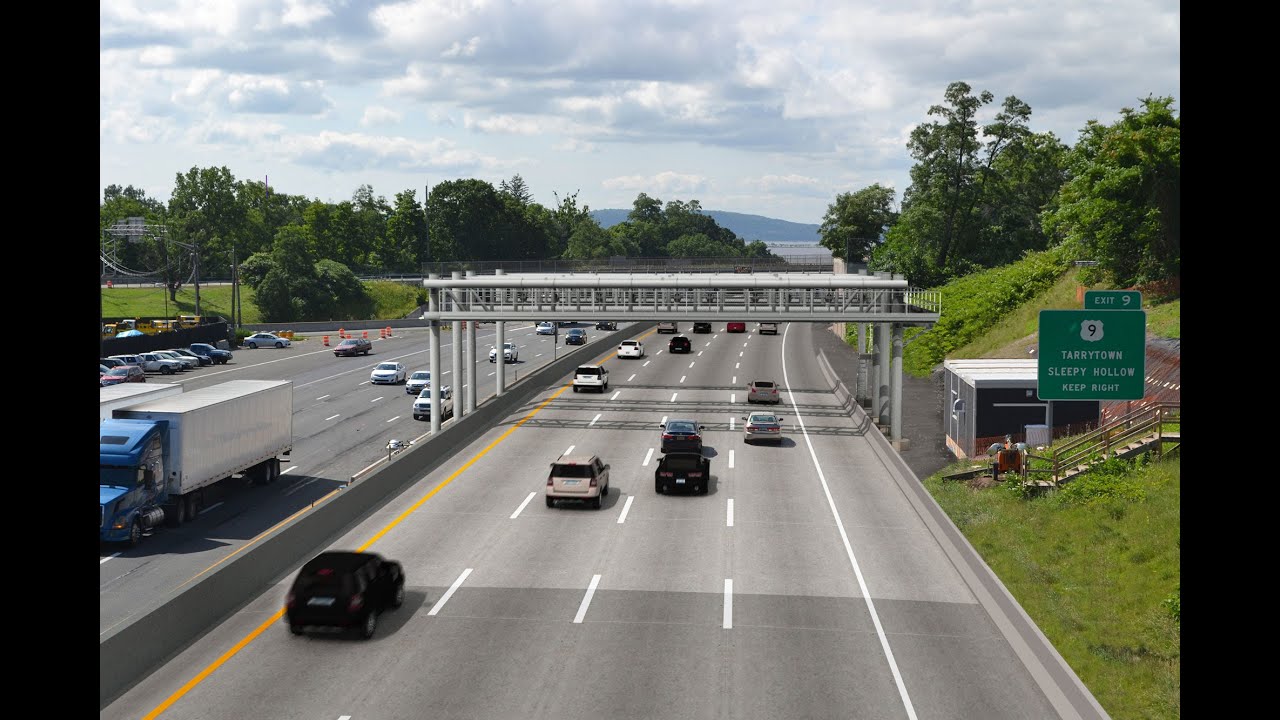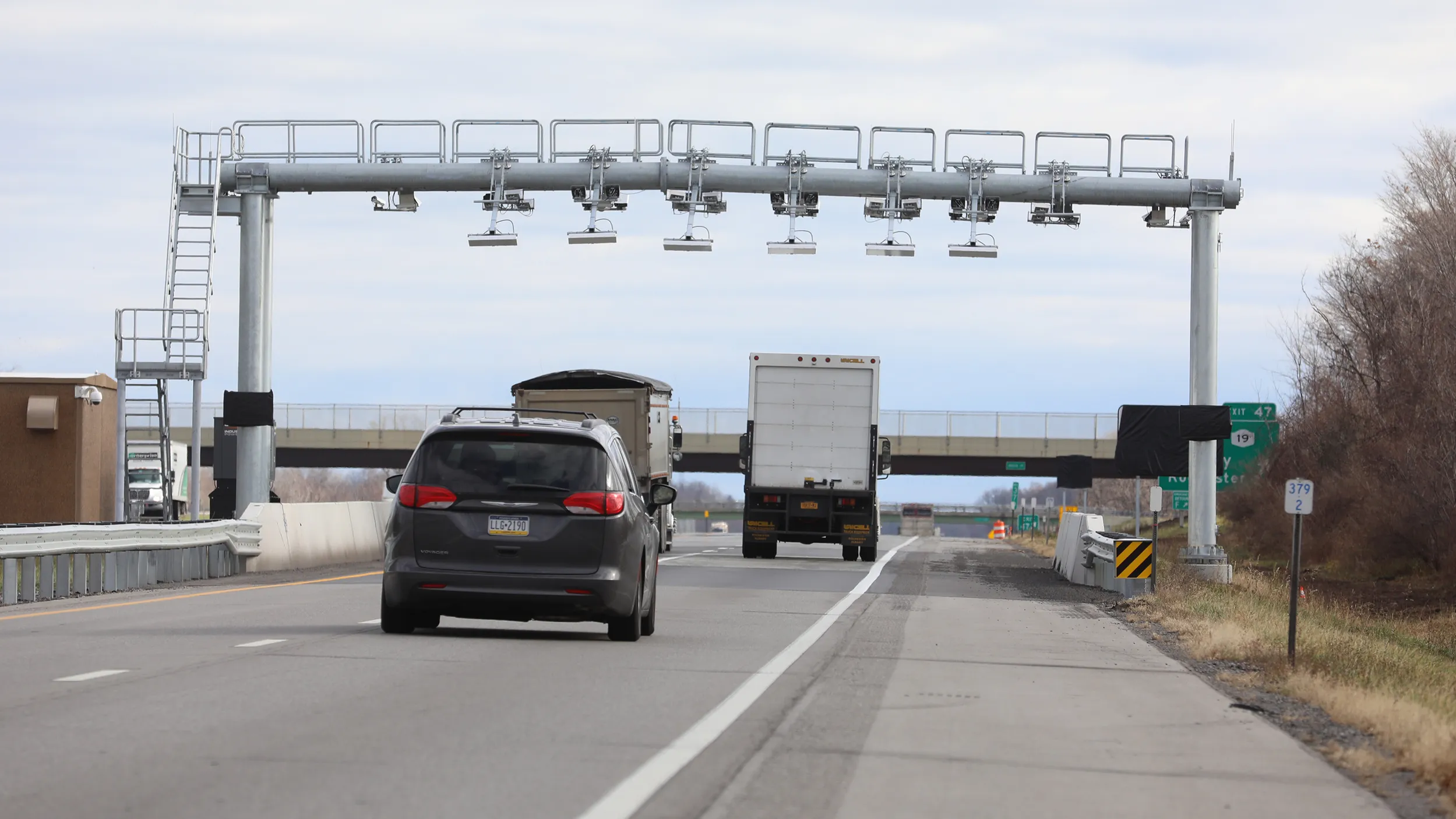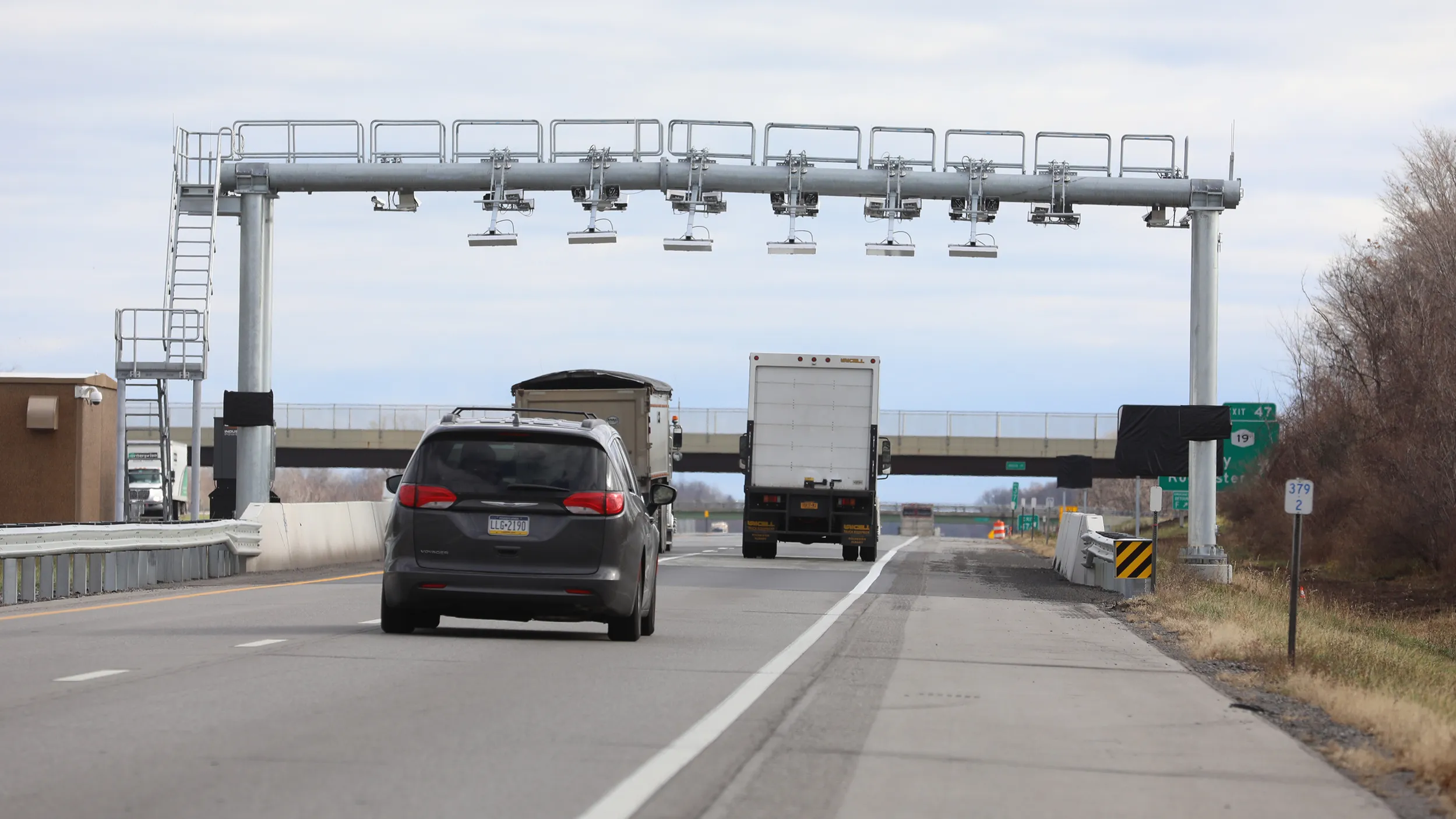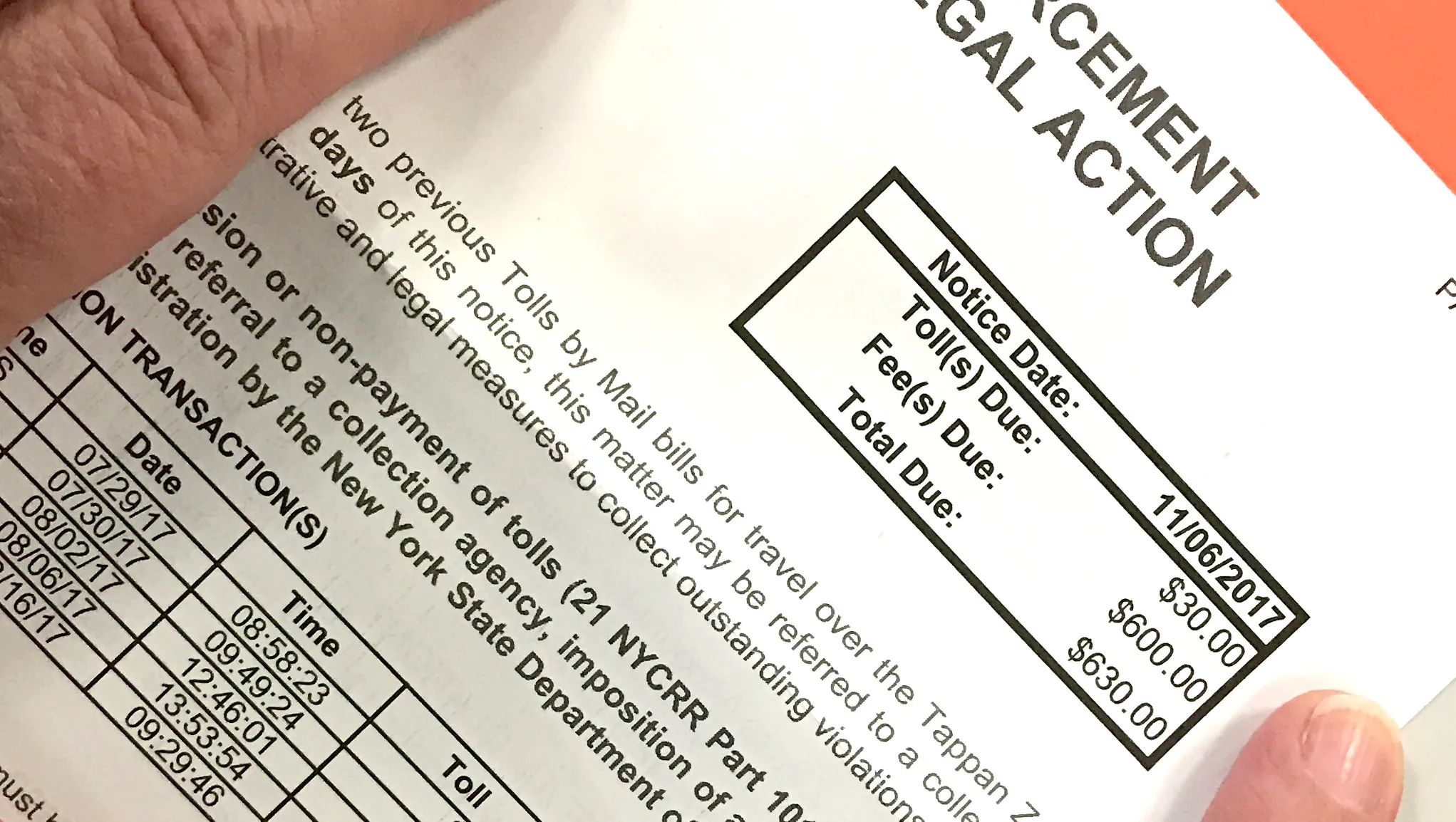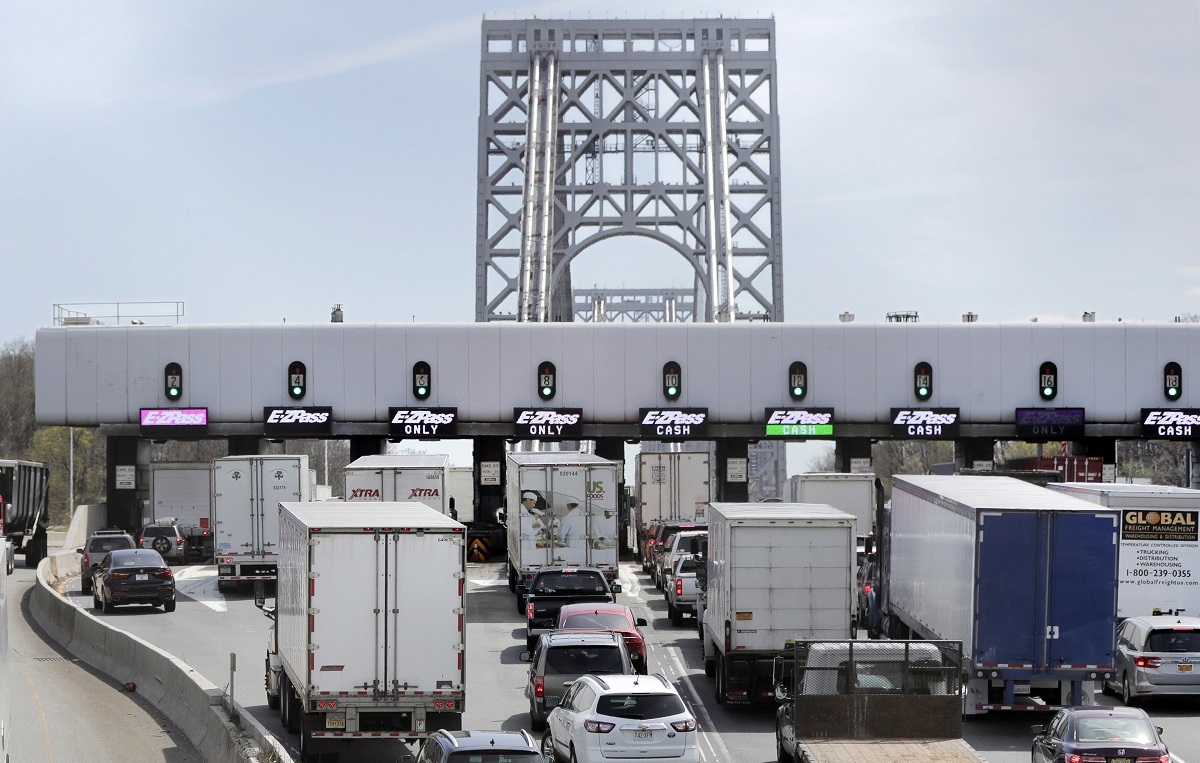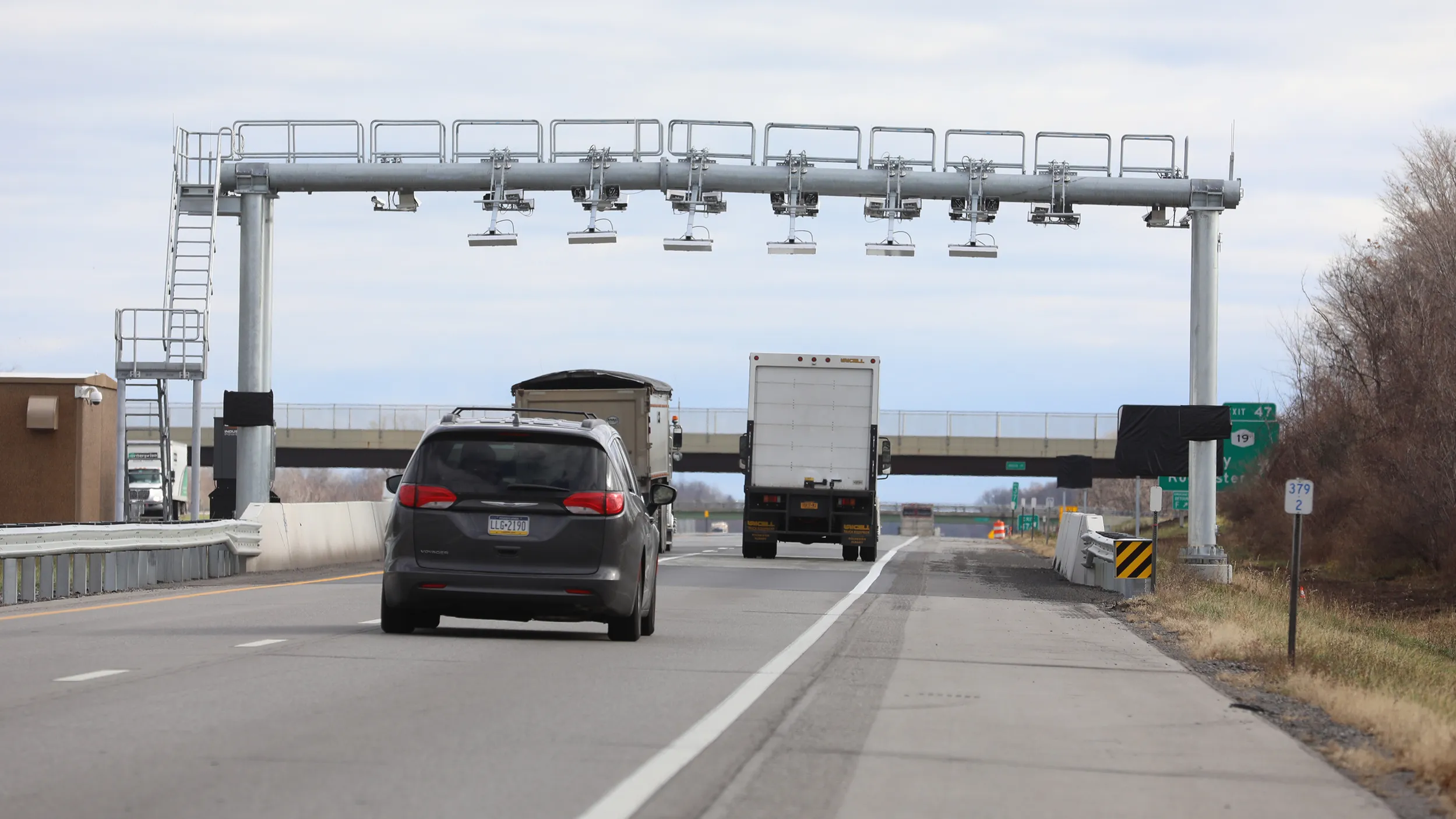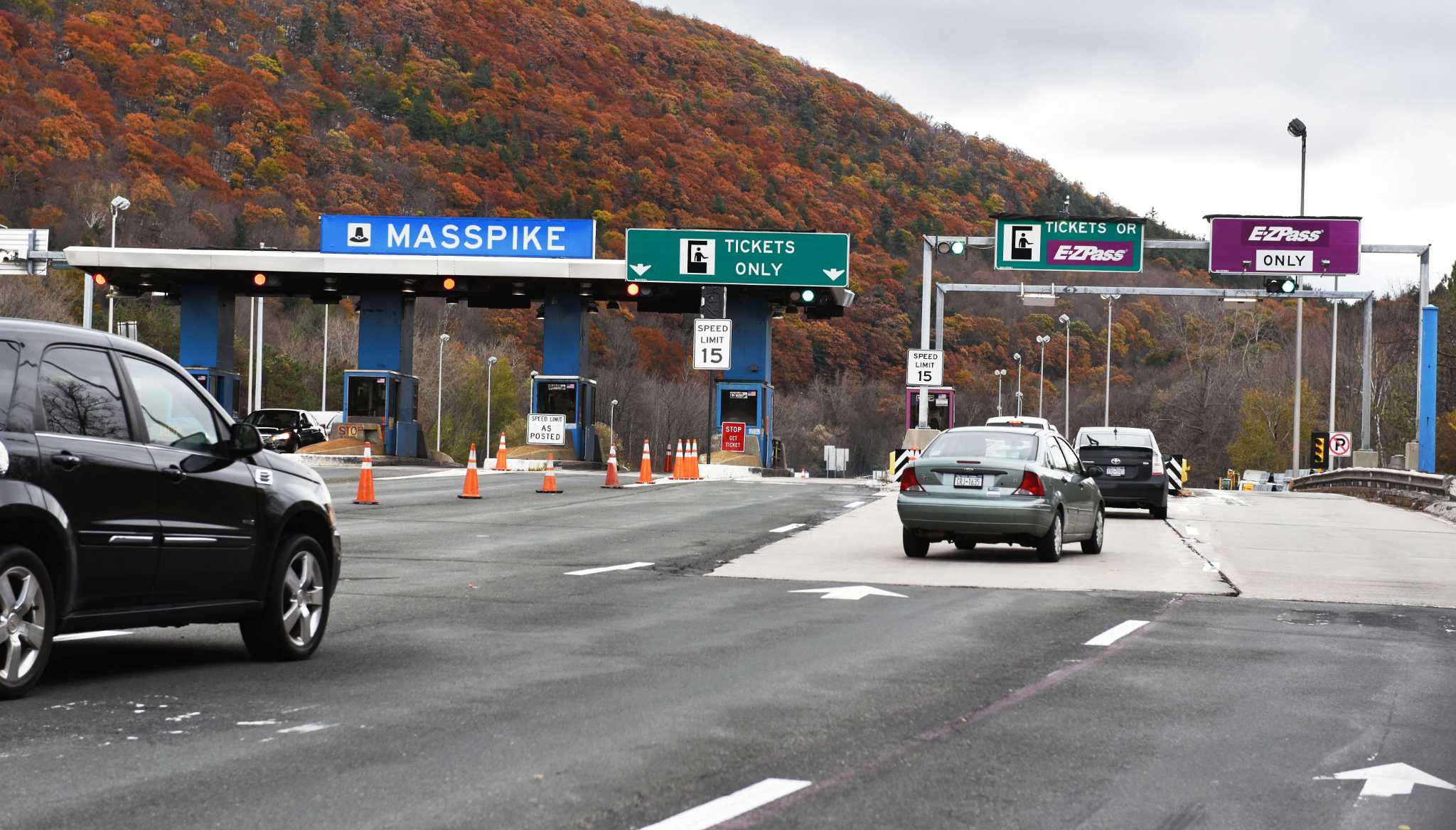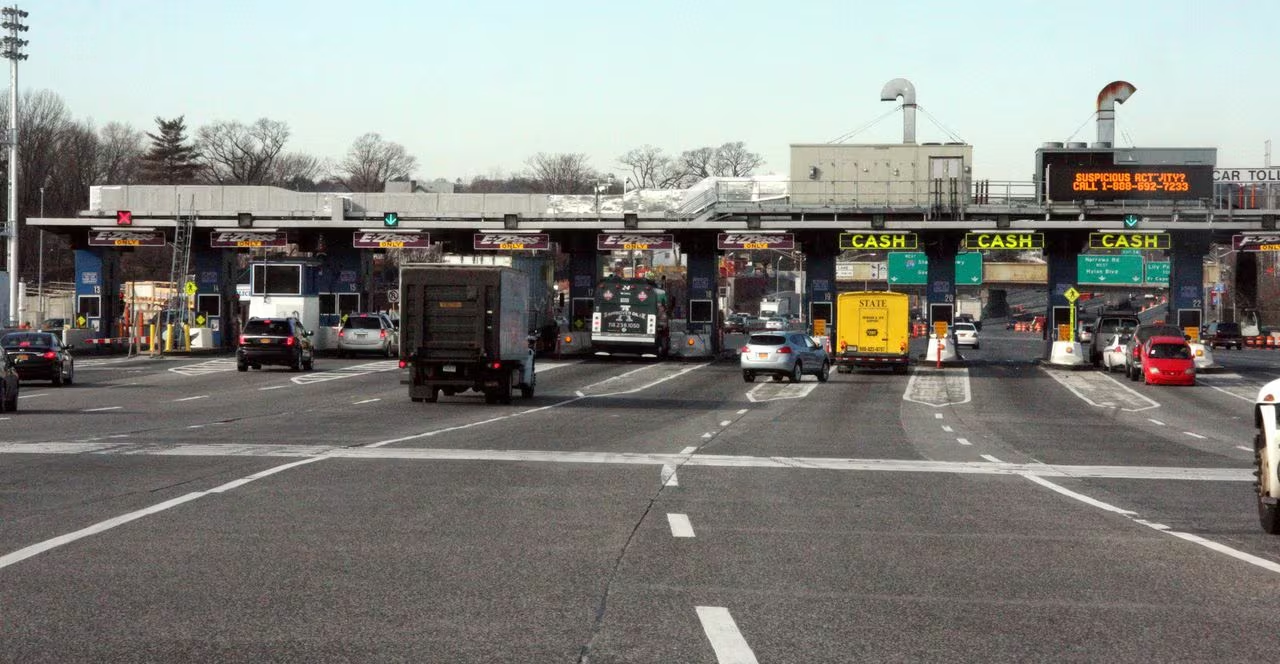Introduction
New York, commonly known as the “Big Apple,” is not only famous for its skyscrapers and bustling streets but also for its iconic bridges. These architectural marvels not only connect different parts of the city but also offer breathtaking views of the surrounding areas. In recent years, many of these bridges have transitioned to cashless tolling systems, making it easier and more efficient for commuters to travel across the city.
Cashless tolling, also known as electronic toll collection, eliminates the need for drivers to stop and pay tolls using cash or tokens. Instead, tolls are automatically deducted from a prepaid account linked to a vehicle’s license plate or through the use of E-ZPass, an electronic toll collection system. This convenient method of toll payment has been implemented across several bridges in New York, streamlining traffic flow and enhancing the overall commuting experience for residents and visitors alike.
In this article, we will explore which bridges in New York have transitioned to cashless tolling. We will delve into the specifics of each bridge and highlight the benefits this system brings to commuters. So, whether you’re a local resident or planning a trip to the city, this guide will provide you with the essential information you need to navigate the cashless bridges of New York.
Brooklyn Bridges
Brooklyn, one of the five boroughs of New York City, is home to several iconic bridges. Two prominent bridges in Brooklyn that have transitioned to cashless tolling are the Verrazzano-Narrows Bridge and the Hugh L. Carey Tunnel.
The Verrazzano-Narrows Bridge, spanning the Narrows Strait which connects Staten Island and Brooklyn, is one of the busiest bridges in New York. With the implementation of cashless tolling, drivers no longer have to stop and pay tolls at toll booths. Instead, cameras capture the license plate information and tolls are automatically deducted from E-ZPass accounts or through bills sent to the registered vehicle owner’s address. This seamless process has significantly enhanced the traffic flow and reduced commute times for thousands of daily travelers.
The Hugh L. Carey Tunnel, also known as the Brooklyn-Battery Tunnel, is another critical link connecting Brooklyn to Lower Manhattan. By adopting cashless tolling, the tunnel has eliminated the need for drivers to stop and pay tolls. This has greatly improved the efficiency of the tunnel, reducing congestion and facilitating smoother commuting experiences for residents and tourists alike.
Both the Verrazzano-Narrows Bridge and the Hugh L. Carey Tunnel have embraced cashless tolling, providing a more convenient and time-saving option for commuters. Whether you’re traveling to Brooklyn or using these bridges as part of your daily commute, you can now enjoy a hassle-free journey without the need to fumble for cash or tokens at toll booths.
Queens Bridges
Queens, another vibrant borough of New York City, is renowned for its diverse neighborhoods and cultural attractions. It is also home to several bridges that have made the transition to cashless tolling, offering greater convenience and efficiency for commuters traveling to and from Queens.
One prominent bridge in Queens that has embraced cashless tolling is the Robert F. Kennedy (RFK) Bridge, formerly known as the Triborough Bridge. This bridge connects the boroughs of Queens, Manhattan, and the Bronx, serving as a vital transportation link. The implementation of cashless tolling on the RFK Bridge has brought numerous benefits, including faster travel times, reduced congestion, and improved traffic flow. Drivers can now pass through the toll plaza without stopping, as their tolls are automatically deducted from E-ZPass accounts or billed to the registered vehicle owner’s address.
Another significant bridge in Queens that has transitioned to cashless tolling is the Marine Parkway-Gil Hodges Memorial Bridge. Connecting the Rockaway Peninsula to Brooklyn, this bridge provides essential access for residents and visitors alike. With the adoption of cashless tolling, drivers no longer need to stop and pay tolls at booths. Instead, tolls are collected electronically through the use of E-ZPass or through billing to the registered vehicle owner’s address. This has resulted in smoother traffic flow and enhanced commuting experiences for those traveling across this iconic bridge.
By implementing cashless tolling, both the RFK Bridge and the Marine Parkway-Gil Hodges Memorial Bridge in Queens have improved the overall efficiency of travel, making it easier and more convenient for residents and visitors to navigate this bustling borough. Whether you’re commuting to work or exploring the vibrant neighborhoods of Queens, the transition to cashless tolling ensures a seamless and hassle-free journey across these remarkable bridges.
Bronx Bridges
The Bronx, known for its rich history and vibrant culture, is home to several bridges that have transitioned to cashless tolling. These bridges offer convenient and efficient travel options for both local residents and visitors to the borough.
One notable bridge in the Bronx that has embraced cashless tolling is the Bronx-Whitestone Bridge. Connecting the Bronx to Queens, this bridge plays a crucial role in connecting various neighborhoods and facilitating transportation in the area. With cashless tolling, drivers no longer need to stop and pay tolls at booths. Instead, tolls are automatically deducted from E-ZPass accounts or billed to the registered vehicle owner’s address, ensuring a smoother flow of traffic and minimizing congestion on this important bridge.
Another significant bridge in the Bronx that has transitioned to cashless tolling is the Henry Hudson Bridge. Spanning the Harlem River and connecting the Bronx to Manhattan, this bridge offers picturesque views of the city skyline. With the adoption of cashless tolling, drivers can now pass through the toll plaza seamlessly without stopping to pay tolls. This has improved the efficiency of the bridge, allowing for faster travel times and a more pleasant commuting experience.
By implementing cashless tolling, the Bronx-Whitestone Bridge and the Henry Hudson Bridge have made travel more convenient and efficient for commuters in and out of the Bronx. Whether you’re a local resident or a visitor exploring the borough’s vibrant attractions, utilizing these cashless bridges ensures a seamless journey without the need for physical toll payments.
Manhattan Bridges
Manhattan, the bustling heart of New York City, is home to several iconic bridges that have transitioned to cashless tolling. These bridges offer convenient access to the borough and enhance transportation options for residents and visitors alike.
One prominent bridge in Manhattan that has embraced cashless tolling is the Robert F. Kennedy (RFK) Bridge, formerly known as the Triborough Bridge. This iconic bridge connects Manhattan, Queens, and the Bronx, serving as a crucial transportation link. With the implementation of cashless tolling, drivers can now pass through the toll plaza without stopping. Toll payments are automatically deducted from E-ZPass accounts or billed to the registered vehicle owner’s address. This efficient system saves drivers time and improves traffic flow, ensuring a smoother commute across the RFK Bridge.
Another significant bridge in Manhattan that has transitioned to cashless tolling is the Queens-Midtown Tunnel. This tunnel connects Manhattan to Queens, providing a vital route for commuters traveling between the two boroughs. By eliminating the need for cash payments at toll booths, cashless tolling has improved the efficiency of the tunnel, reducing congestion and enhancing the overall commuting experience for drivers. With tolls automatically deducted from E-ZPass accounts or billed to the registered vehicle owner’s address, drivers can now seamlessly travel through the Queens-Midtown Tunnel without any interruptions.
With cashless tolling implemented on the RFK Bridge and the Queens-Midtown Tunnel, Manhattan has further streamlined transportation and made commuting more convenient for its residents and visitors. Traveling to and from the borough has become more efficient, ensuring a seamless journey without the hassle of traditional toll payments.
Staten Island Bridges
Staten Island, the southernmost borough of New York City, is connected to the rest of the city by several bridges that have transitioned to cashless tolling. These bridges provide important links for residents and visitors, making travel to and from Staten Island more convenient and efficient.
One significant bridge in Staten Island that has embraced cashless tolling is the Verrazzano-Narrows Bridge. This iconic suspension bridge connects Staten Island to Brooklyn and is a vital transportation route in the city. With the implementation of cashless tolling, drivers no longer have to stop and pay tolls at booths. Instead, cameras capture the license plate information and tolls are automatically deducted from E-ZPass accounts or billed to the registered vehicle owner’s address. This seamless and efficient tolling system has greatly improved traffic flow and reduced congestion on the Verrazzano-Narrows Bridge, providing a more pleasant commute for drivers.
Another important bridge in Staten Island that has transitioned to cashless tolling is the Goethals Bridge. Connecting Staten Island to New Jersey, this bridge plays a critical role in interstate travel. By adopting cashless tolling, the Goethals Bridge has eliminated the need for drivers to stop and pay tolls at booths. Instead, tolls are collected electronically through the use of E-ZPass or through billing to the registered vehicle owner’s address. This has streamlined travel on the Goethals Bridge, reducing delays and ensuring a smoother commute for drivers traveling between Staten Island and New Jersey.
By implementing cashless tolling on the Verrazzano-Narrows Bridge and the Goethals Bridge, Staten Island has improved accessibility and enhanced transportation options for its residents and those traveling to and from the borough. These cashless bridges make commuting more convenient and efficient, allowing for a seamless journey without the inconvenience of traditional toll payments.
Conclusion
The transition to cashless tolling on various bridges in New York City has brought numerous benefits to commuters. By eliminating the need for physical toll payments and implementing automated systems, these bridges have improved traffic flow, reduced congestion, and enhanced the overall commuting experience for residents and visitors alike.
Brooklyn, with its iconic Verrazzano-Narrows Bridge and Hugh L. Carey Tunnel, has made traveling across the borough more seamless and convenient. Queens, home to the Robert F. Kennedy Bridge and the Marine Parkway-Gil Hodges Memorial Bridge, has improved transportation options and reduced travel times. The Bronx, with its Bronx-Whitestone Bridge and Henry Hudson Bridge, has enhanced the efficiency of commuting in and out of the borough. Manhattan, with the Robert F. Kennedy Bridge and the Queens-Midtown Tunnel, has streamlined transportation and made journeys more efficient. Staten Island, connected by the Verrazzano-Narrows Bridge and the Goethals Bridge, has significantly improved accessibility and travel experiences.
Through cashless tolling, drivers can now pass through toll plazas without stopping, as tolls are automatically deducted from E-ZPass accounts or billed to the registered vehicle owner’s address. This streamlined process reduces delays, decreases traffic congestion, and provides a more pleasant and efficient commute.
Whether you’re a local resident or visiting New York City, utilizing these cashless bridges allows for a more seamless and hassle-free journey. Say goodbye to fumbling for cash or tokens at toll booths and enjoy the convenience of automated tolling systems.
As the city continues to embrace cashless tolling, it is important to stay up to date with the latest information and changes. So, next time you plan to travel across any of these bridges, rest assured knowing that you can take advantage of the convenience and efficiency offered by cashless tolling in the vibrant city of New York.







